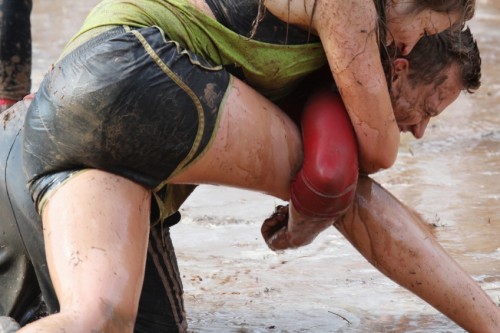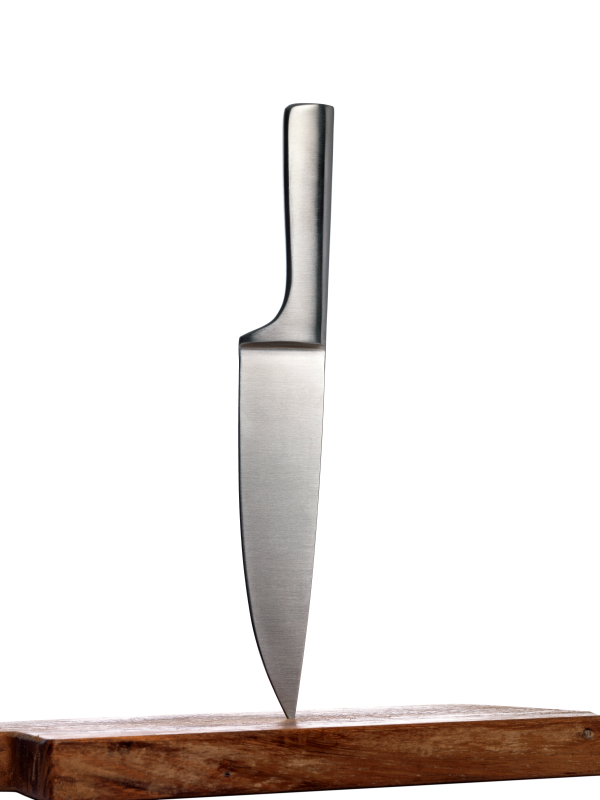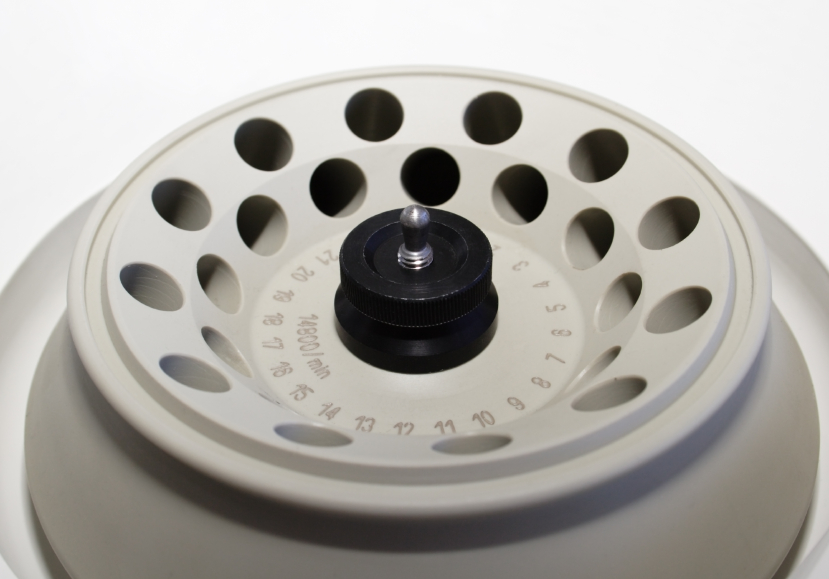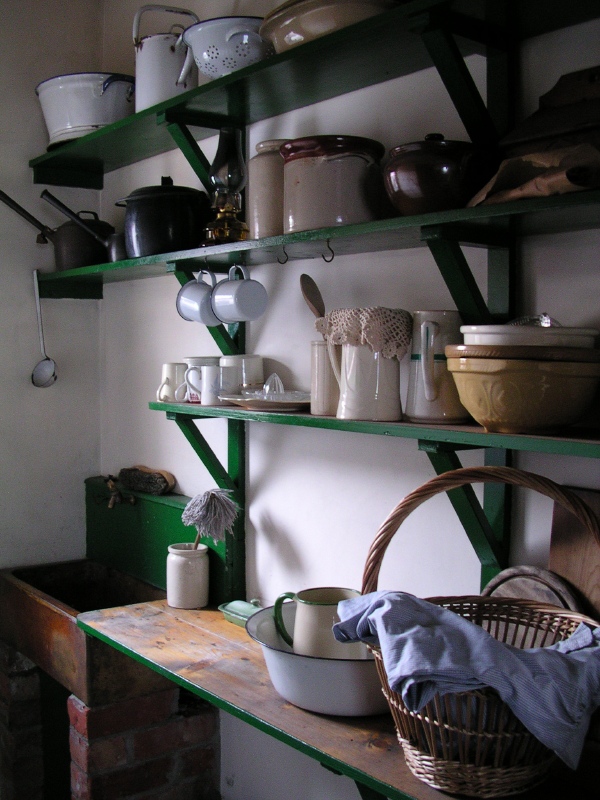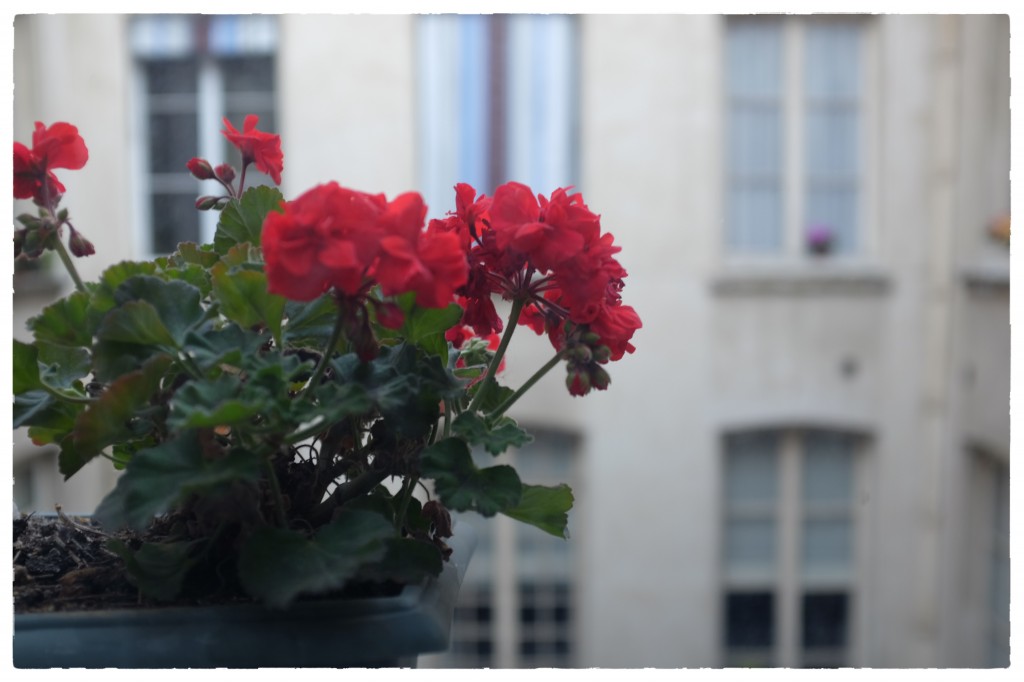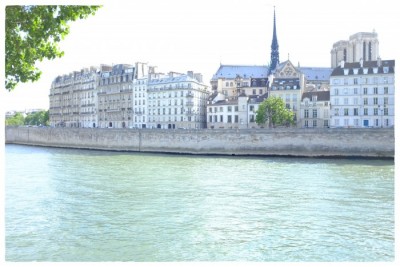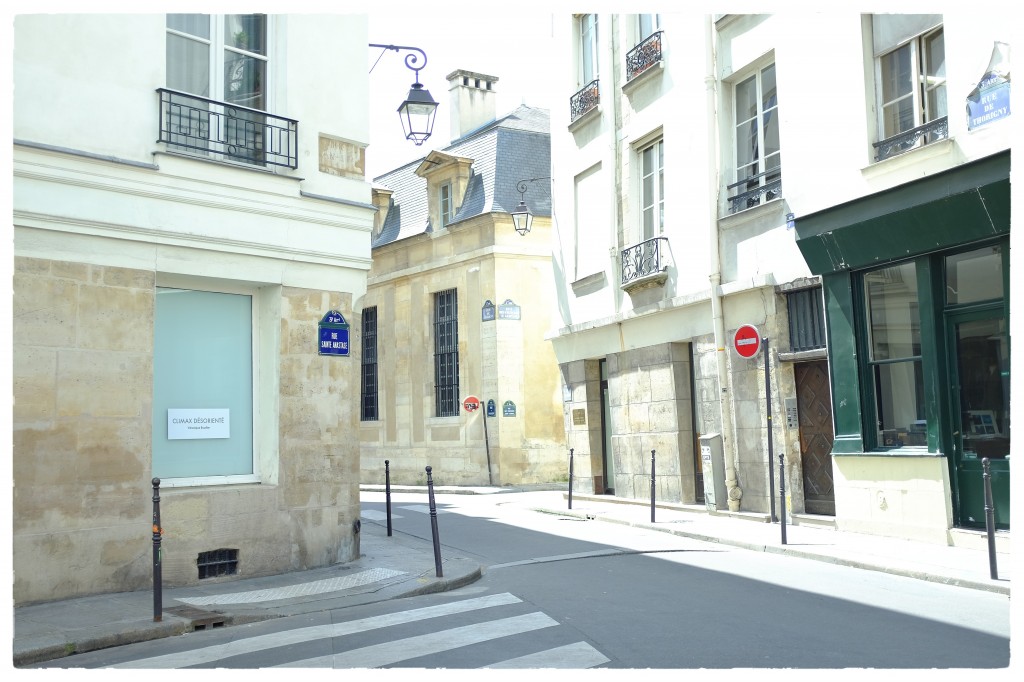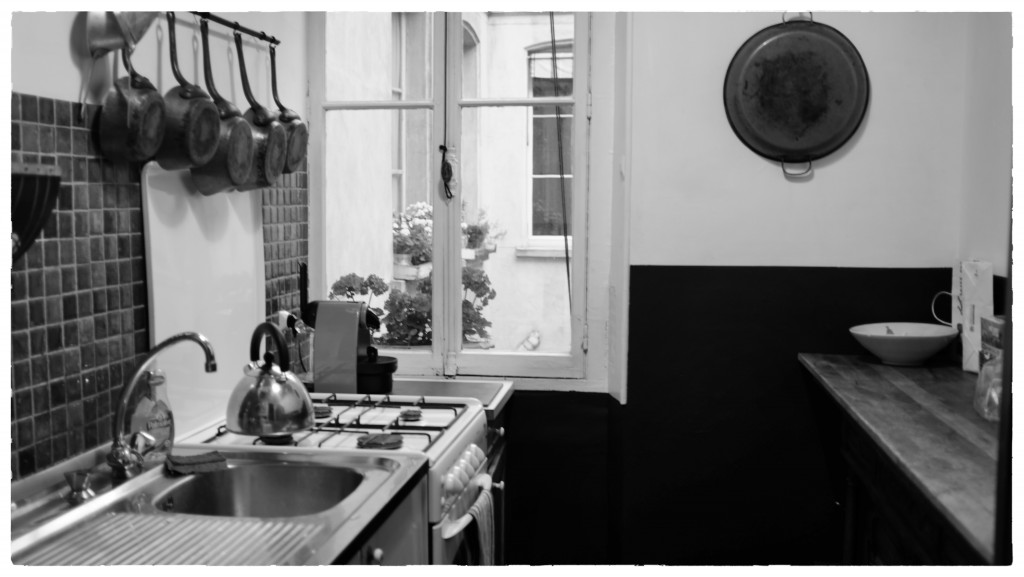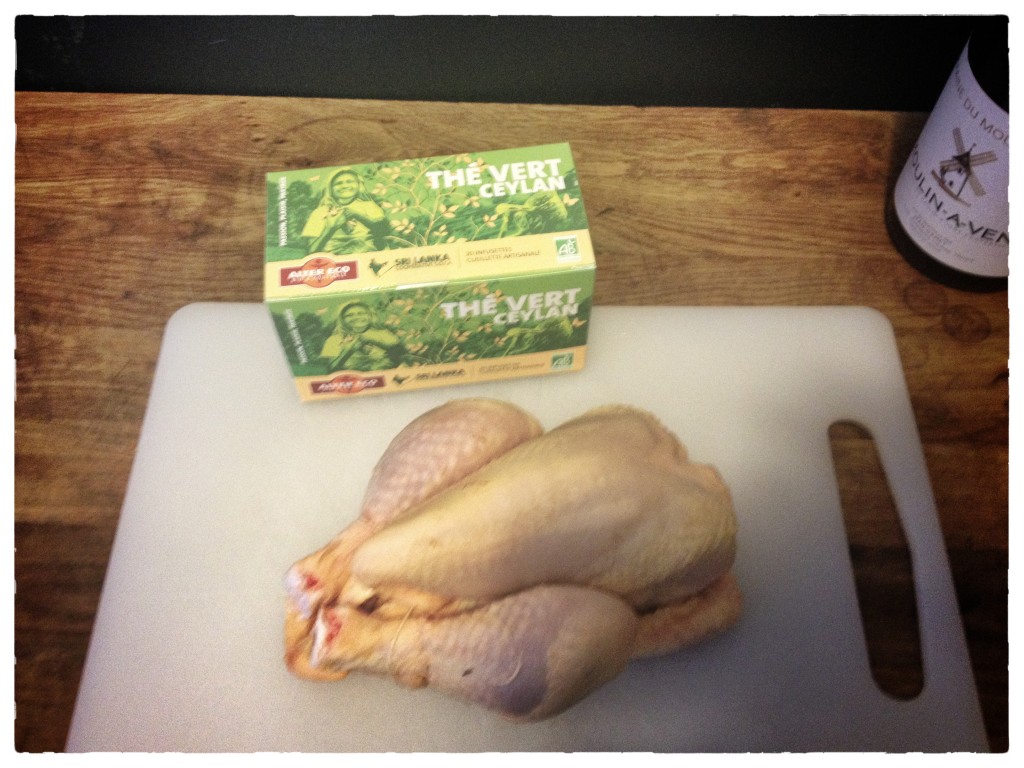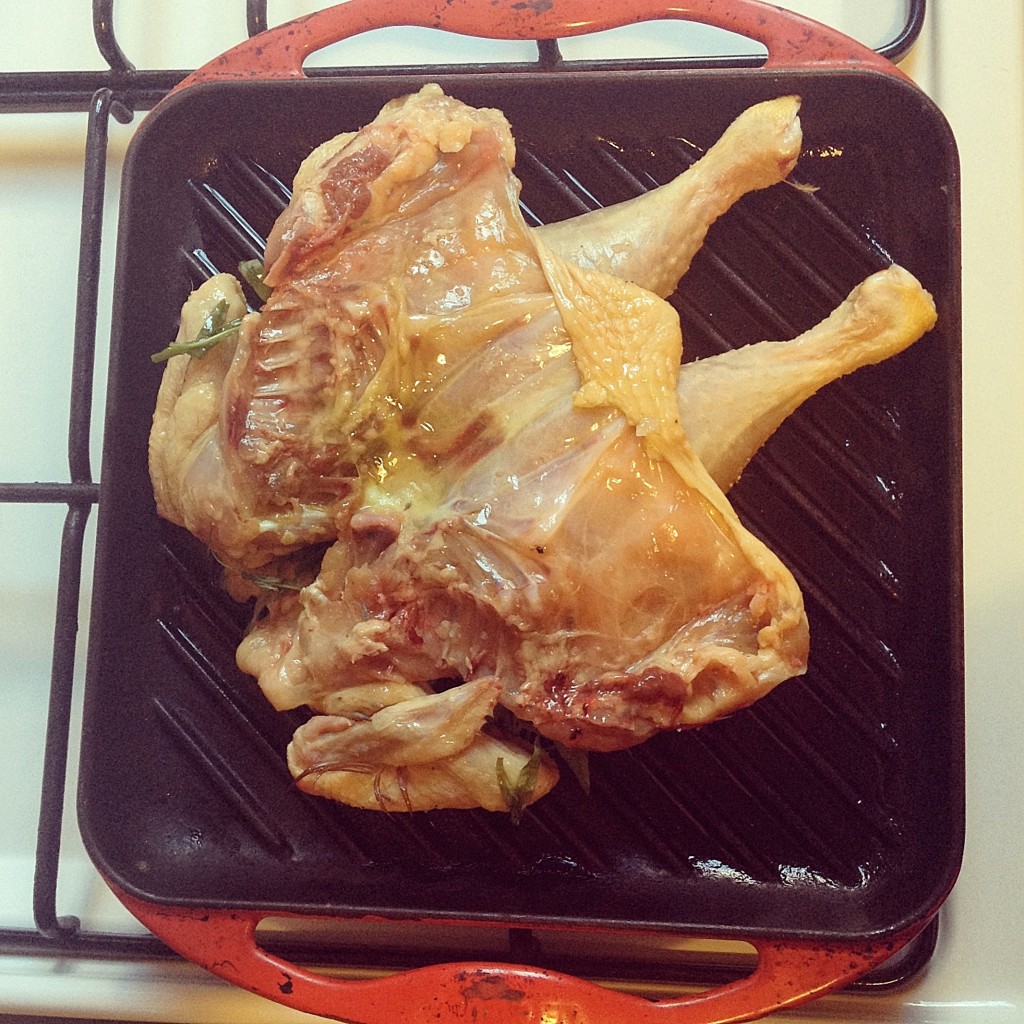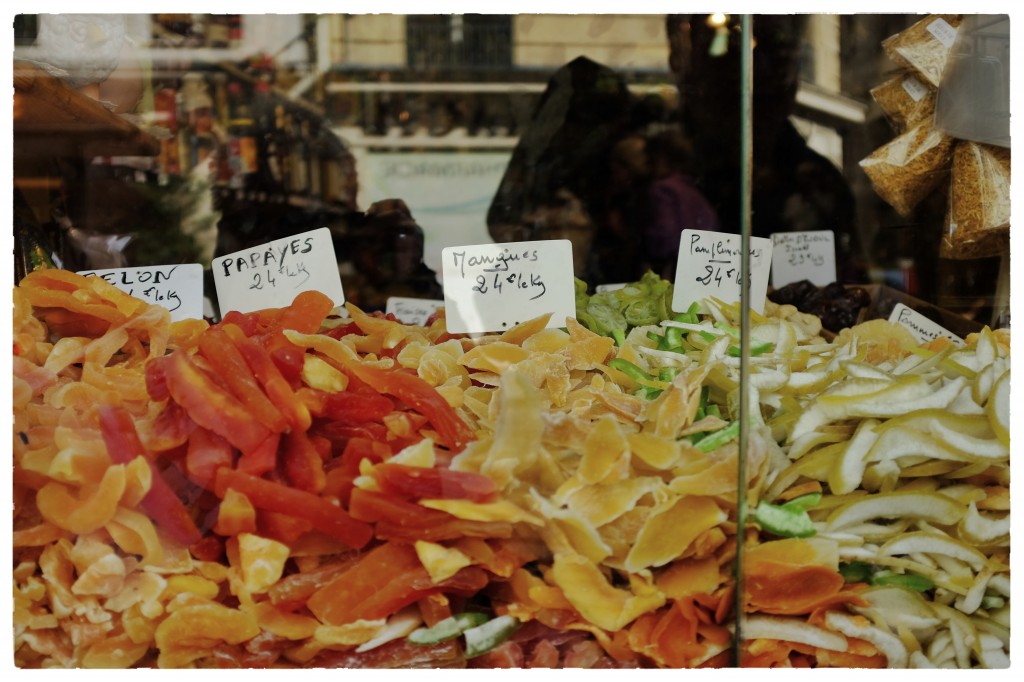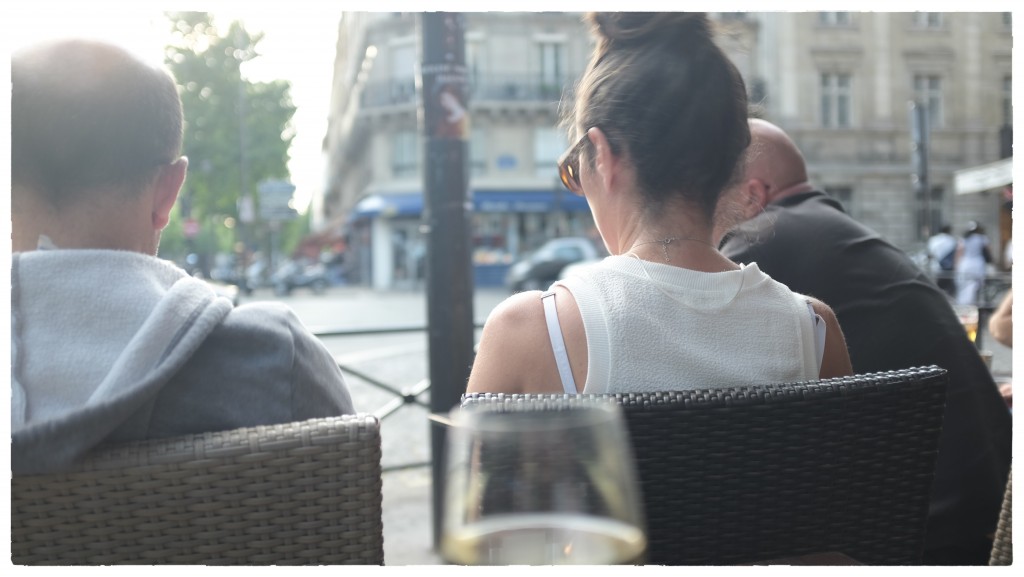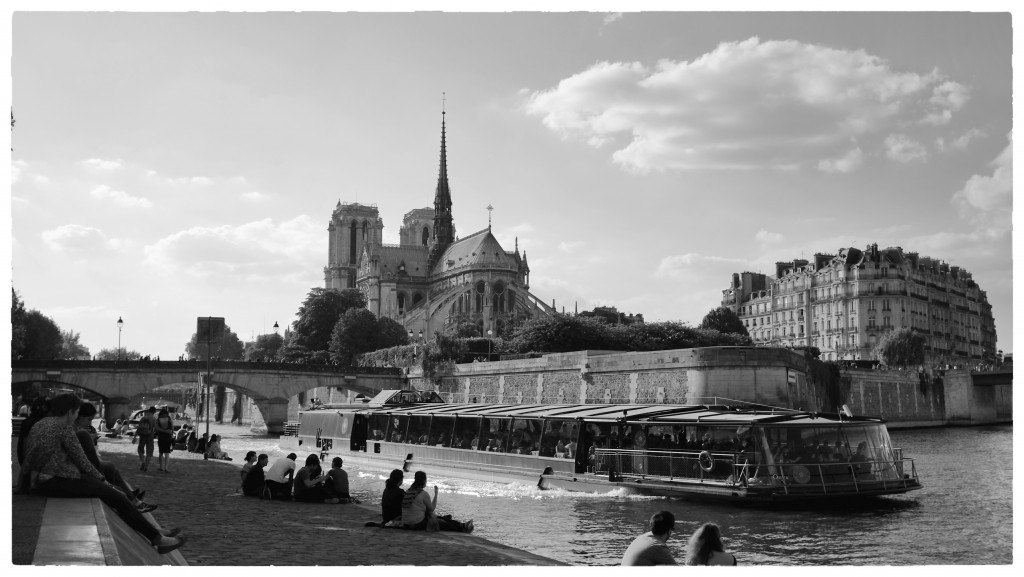So, it happened.
I engaged in something I swore I would never do:
I got into a knock-down brawl on social media.
As anyone who frequents social media — Facebook, Twitter, etc — knows, there is a whole universe of people out there with enormous amounts of time on their hands, and who run the gamut from your average textbook bully (often known as trolls, and generally too cowardly or insecure to crawl out from behind the anonymity that digitalia affords) to the know-it-all blowhard (who has anointed himself expert in all things) to the meme-loving-wrist-slapper (who pointedly posts soft-religious/quasi-Buddhist quotations not necessarily because they themselves believe or adhere to them — usually it’s the polar opposite — but as a way to not-so-subtly stick it to someone they’re trying to call out in public. Generally speaking, it winds up backfiring). There are the political banterers, the over-sharers, the wingnuts (both left and right), and the folks who, never before having had a public soapbox, shout their opinions for everyone to hear. That’s human nature, of course. (The opinion part, anyway. Guilty as charged.) Finally, there are the people who almost gleefully post incendiary articles guaranteed to raise the hackles of their community; either they honestly want to have a genuine discussion/debate with the hope to come out of it enlightened, or, like Julius Caesar having a tuna sandwich at the Forum, they simply enjoy watching others have at it, as subjective discussion turns to argument, and argument devolves into a cortisol-fueled, gladiatorial blood-letting.
On the other side of the aisle, of course, are those who actively engage in social media and manage to sidestep any of the steaming street poo. They tiptoe through the tulips. They smile and say whatever. No one attempts to pick arguments with them because it is widely understood that they simply will not engage. Will Not. Engage. (This is a sign of either a lot of therapy or just a sane disinclination to get into debates with people they don’t even know. Obviously, these people are not Jewish girls from Queens whose childhood dinnertime conversation regularly included serious fights over the fact that grandpa only wanted one piece of gefilte fish on Shabbos, and not two. [I’m giving you two, my grandmother shouted. I only want one. You’ll eat two. I only want one. Did you have pastrami for lunch again? What is it to you if I eat pastrami for lunch? I’m giving you two. I ONLY WANT ONE. YOU’LL EAT TWO. ONE! SO YOU DID HAVE PASTRAMI—WAS IT WITH THAT NUN?….WHAT DOES SHE TAKE ON IT- MUSTARD OR MAYO?])
Anyway. I was involved in a heated discussion the other day when one of my friends innocuously posted, on her Facebook wall, an article about Noma versus Chez Panisse. (Or at least that’s what Slate.com’s SEO-sticky reprint of the article was called; originally published in The Breakthrough, it was titled something rather more pointed: Beyond Food and Evil: Nature and Haute Cuisine After the Chez Panisse Revolution. The “evil” to which Emma Marris, the author, refers, is open to interpretation. It might be the ubiquitous Monsanto. Or GMOs. Or the so-called didactic hegemony of Alice Waters, to which the palpably irritated Marris refers repeatedly, both directly and not.)
In the piece, Marris argues that Noma‘s Rene Redzepi and Coi’s Daniel Patterson are among the “new generation of chefs” producing futuristic “techno-cuisine” by marrying wild and hyper-foraged ingredients to technology, thus creating food that is modern, local, and a natural response to forty three years of the aforementioned “didacticism of Chez Panisse and its ilk.” The result, then, is a sort of toppling of the Chez Panisse “revolution” (which Marris attributes without attribution or reason more to Jeremiah Tower than Waters) and along with it, Waters mythic culinary ethos, as Marris sees it. The author’s bottom-line argument? The rhapsodic, over-simplified, hyper-elite, farm-to-table gastro-political aesthetic of Chez Panisse is buckling beneath the weight of the modernist fantabulism that comes out of kitchens like those of Noma, and Coi.
Ultimately, the article was laden with everything from contradiction to inaccuracy to an obvious personal disdain for Waters, to downright swooning over the handsome “bro-horts” who populate the world of modernist chef-dom: “[Alice Waters] cooks peasant food, but only rich people can afford it,” Marris says, two paragraphs after she describes the “stratospheric price” of dining at Noma and Coi. She catches herself by claiming that “The conceit that farm-to-table cuisine comes straight to the diner unmediated by the kitchen obscures the enormous cost and expense associated with producing such food in the field and pasture. If nothing else, places like Coi and Noma do us a service by making those costs more apparent.” [My emphasis.]
More apparent, how? In the transferred costs of technology and the operation and maintenance of mechanical equipment—the rumbling centrifuges and Pacojets (the latter being what Forbes Magazine called a glorified, $4000 ice cream maker), the commercial foamers and the food dehydrators and the Thermomixes that Redzepi and Patterson require in order to produce their food, and which are unavailable to the home cook? Call me crazy: I’d rather transfer my money to the small growers, ranchers, and farmers who supply Chez Panisse with their ingredients. And at home, I would rather spend $1000 a year on my local CSA then in a one-shot purchase of a centrifuge or a $4000 Pacojet, the way Ben Affleck and Matt Damon apparently did a few years back, when they supposedly exchanged them as gifts.
“Sensitive to the charge that hers was a cuisine for the rich,” Marris adds derogatorily, ” Water [sic] launched programs to bring organic gardens to schools serving underprivileged youth.” Nowhere does she mention that Waters’ well-documented “interest” in education comes directly out of her background as a Montessori teacher. Today, according to the Wall Street Journal, there are more than 2,000 Edible Schoolyards spanning 50 states and in 29 countries. So, love her or not, it can be argued that without Alice Waters fighting for how schoolchildren learn about food, not to mention what they eat every day, and without her relentless, singleminded dedication to local food, organics, and farming, farmer’s markets would likely not dot virtually every city and community in this country. And no one would question the poisonous dreck that crop dusters spew from their bellies and onto our dinner tables, the way they have for more than sixty years.
Personally, I prefer simple food; I’ve had ground-moving meals at Chez Panisse and others that weren’t quite as good, but that’s true of virtually every restaurant I’ve ever dined in. But I also unequivocally and loudly applaud the restaurant artistry of Redzepi and Patterson, along with every modernist chef out there who moves the creative ball forward. But why is it apparently so impossible to do this without simultaneously disparaging those who have gone before? Especially if, as Marris says, Patterson and Redzepi’s food as presented in their recent “cookbooks” is “uncookable,” while the books that have spilled out of the Chez Panisse kitchens for nearly 30 years sit stained, torn, splattered, and dog-earred in virtually every serious home kitchen I know (including my own). Sometimes the recipes work and sometimes they’re a bit dodgy — as with every cookbook — but they always provide inspiration and history and context. And never the conceit that the home cook would be “crazy” to cook from them, as Daniel Patterson is quoted in Marris’s article as saying about his recipe for Prather Ranch Beef Encrusted in Lichen, appearing in his new cookbook:
“If, for some crazy reason, you decide to make this dish, then we’ll need to have a talk about the lichen powder.”
That’s nice, Daniel; I won’t go to the trouble. I’d rather come to Coi and have you make it for me. You big, handsome fella, you.
I don’t recall Richard Olney, in his famous instructions for boning a chicken (page 296, The French Menu Cookbook, 1970) suggesting that readers might be crazy if they attempted it. Instead, he utters one of the most famous lines ever written in a recipe, before or since: “The chicken, at this point, is turned completely inside out.”
All of this said, I did not have my little social media spat with the author of this article; I had it with a gentleman who described himself as a player on the international dining community scene, who flatly claimed that a modernist-cooked (centrifuged? foamed?) potato would be more potato-y than a freshly dug potato steamed in its own skin, maybe sprinkled with a little sea salt and drizzled with a drop of olive oil Why?
Because it just would, he said. It would be better.
Better how? I asked.
Just better, he said.
Define better, I asked.
He couldn’t. Round and round we went, ultimately landing on the spot where he said that because I was not a player on the international dining community scene, I clearly didn’t know what “better” meant.
Still, this man’s qualifying modernist cuisine as better was food for thought: why is it that so many of us find honest food, unadorned by frippery or industrial technology — and the people who farm it, grow it, and raise it despite environmental problems, financial struggles, and the vagaries of fashion — better? Why are we blind to the letters that writers like Marris love to paint on Alice Waters? Because I, and dare I say we, tend to have a fundamental, basic belief in the integrity and honesty of good ingredients, from the ground up, and I would challenge Marris to say that Redzepi or Patterson disagree. We believe in what Lynn Stegner in The Geography of Hope called “diligence and understatement” and the resistance of “sleights of hand, fabulous optimism, short cuts, and language for its own aggrandizement.” In honoring her father-in-law and his dedication to the environment, Stegner refers to his belief in “that which renders humanity a more humane species.” Similarly, honesty in food, connection to the earth and the seasons and the farmers and the foragers, both feeds us and preserves the land; it connects us to it, and in doing so renders us more human.
And that’s what makes honest food what it is: better.
